-
 bitcoin
bitcoin $114320.977035 USD
-0.40% -
 ethereum
ethereum $4152.439985 USD
-1.75% -
 tether
tether $1.000111 USD
-0.04% -
 xrp
xrp $2.843037 USD
-1.63% -
 bnb
bnb $1013.349380 USD
-1.62% -
 solana
solana $208.362767 USD
-2.10% -
 usd-coin
usd-coin $0.999783 USD
0.00% -
 dogecoin
dogecoin $0.232559 USD
-1.00% -
 tron
tron $0.333491 USD
-1.09% -
 cardano
cardano $0.806310 USD
0.19% -
 hyperliquid
hyperliquid $45.023720 USD
-1.59% -
 ethena-usde
ethena-usde $1.000819 USD
-0.06% -
 chainlink
chainlink $21.241249 USD
-2.11% -
 avalanche
avalanche $30.035416 USD
-0.66% -
 stellar
stellar $0.364984 USD
-2.05%
What should I pay attention to regarding copyright issues in NFT projects?
Buying an NFT doesn’t grant copyright or commercial rights unless explicitly stated in the license—always check the terms before assuming ownership of intellectual property.
Aug 07, 2025 at 06:47 am
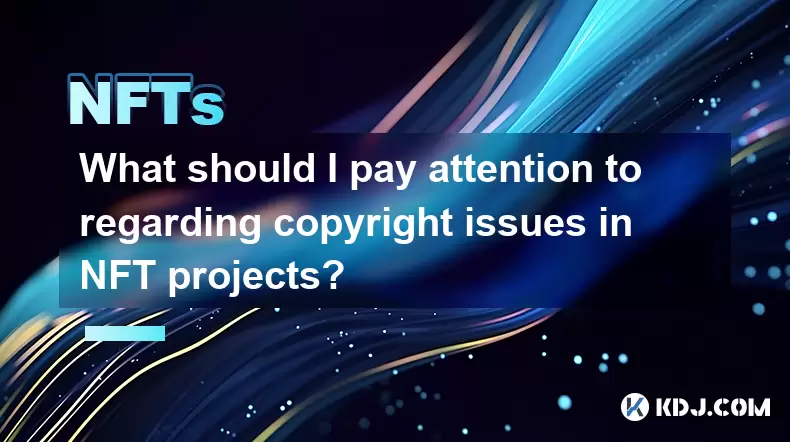
Understanding Intellectual Property in NFT Projects
When engaging in NFT projects, one of the most critical aspects to consider is intellectual property (IP) rights. Many creators and buyers assume that purchasing an NFT automatically transfers full ownership of the underlying artwork or digital content. This is not necessarily true. The NFT itself is a token on a blockchain that certifies ownership of a unique digital item, but it does not inherently transfer the copyright or reproduction rights of the associated media. For example, if an artist mints a digital painting as an NFT, the buyer owns the tokenized version, but the artist may still retain the copyright to reproduce, distribute, or license the artwork unless explicitly stated otherwise in a legal agreement.
Creators must clearly define what rights are being transferred when an NFT is sold. This includes specifying whether the buyer receives commercial usage rights, the ability to create derivative works, or only personal, non-commercial display rights. Without a written license or smart contract clause outlining these permissions, disputes can arise over usage and ownership.
Smart Contract Clarity and Licensing Terms
The smart contract behind an NFT plays a pivotal role in determining how IP rights are handled. Developers and creators must ensure that the smart contract includes explicit licensing terms. These terms should be readable and enforceable, possibly through on-chain metadata or linked legal documents. For instance, some NFT projects use Creative Commons licenses, while others draft custom terms allowing limited commercial use.
To implement this properly:
- Include a license URL in the token’s metadata that points to a clear legal document.
- Use standardized license frameworks like ERC-721 or ERC-1155 that support metadata extensions for licensing.
- Ensure that the license is immutable and permanently linked to the NFT to prevent future disputes.
- Clearly state whether the license is transferable upon resale of the NFT.
Failure to embed licensing information may result in ambiguity, leading to unauthorized use of the artwork or legal action from the original creator.
Avoiding Infringement When Minting NFTs
A common pitfall in NFT creation is unintentional copyright infringement. Artists or developers may incorporate third-party elements—such as music samples, character designs, or brand logos—into their digital works without proper authorization. Even if the final piece is transformative, it may still violate existing copyrights unless it qualifies as fair use, which is narrowly defined and difficult to prove.
To avoid legal issues:
- Only use original content created entirely by you.
- If using external assets, obtain written permission from the rights holder.
- Utilize public domain or royalty-free resources with verified licenses.
- Conduct a reverse image search to confirm the uniqueness of your artwork before minting.
Platforms like OpenSea may remove infringing content and suspend accounts if a valid DMCA (Digital Millennium Copyright Act) takedown notice is filed. Ensuring clean IP status before minting protects both the creator and the marketplace.
Reselling and Royalty Enforcement
One of the appealing features of NFTs is the ability for creators to earn royalties on secondary sales. However, this functionality is not automatic and depends on how the smart contract is structured. Not all marketplaces enforce royalties, and some buyers may trade NFTs on platforms that do not honor them.
To secure ongoing royalties:
- Define a royalty percentage in the smart contract during deployment.
- Use platform-specific standards such as EIP-2981, which enables royalty payments across compatible marketplaces.
- Choose marketplaces that support enforced royalties, such as Foundation or Zora, rather than those that allow zero-fee listings.
- Monitor secondary sales through blockchain analytics tools to verify payments.
Even with these measures, enforcement can be challenging. Some buyers may attempt to circumvent royalty payments by using peer-to-peer transactions or decentralized exchanges. Creators should consider legal recourse if significant revenue is lost due to non-compliance.
Community Projects and Collaborative Ownership
In community-driven NFT projects—such as generative art collections or meme-based tokens—ownership of IP can become complex. Often, the project’s founding team claims copyright over the entire collection, while individual NFT holders are granted limited usage rights. However, some projects adopt more decentralized models, allowing holders to use their specific NFTs for commercial purposes.
In such cases:
- The project should publish a comprehensive IP policy accessible to all participants.
- Clarify whether commercial rights are granted per NFT or restricted to certain tiers.
- Address derivative works and branding—for example, can a Bored Ape owner use their ape in a clothing line?
- Establish governance mechanisms for resolving IP disputes within the community.
Transparency in these areas fosters trust and encourages long-term engagement. Projects like CryptoPunks initially offered no commercial rights but later updated their stance, highlighting the importance of evolving IP strategies.
Legal Jurisdiction and Enforcement Challenges
Copyright laws vary significantly across countries, and NFTs operate on a global, decentralized network, making enforcement difficult. A creator in the United States may hold a valid copyright claim under U.S. law, but if an infringer operates from a jurisdiction with lax IP enforcement, legal action may be impractical.
To mitigate risks:
- Register copyrights in key jurisdictions where your audience is concentrated.
- Include governing law and dispute resolution clauses in licensing agreements.
- Use digital watermarks or on-chain provenance tracking to strengthen ownership claims.
- Partner with IP protection services that monitor NFT marketplaces for unauthorized copies.
Despite blockchain’s transparency, proving ownership and infringement in court still requires traditional evidence, such as creation timestamps, design drafts, and licensing records.
Frequently Asked Questions
Can I copyright my NFT artwork?Yes, digital artwork used in an NFT is automatically protected by copyright the moment it is created and fixed in a tangible medium. However, to strengthen legal protection, especially in the U.S., you should formally register the copyright with the U.S. Copyright Office. Registration enables you to sue for statutory damages and attorney fees in case of infringement.
Does buying an NFT give me the right to use the image commercially?Not necessarily. Owning the NFT does not automatically grant commercial rights. You must review the license associated with the NFT. Some projects, like Bored Ape Yacht Club, grant full commercial rights to holders, while others restrict usage to personal display. Always check the project’s official documentation.
What happens if someone mints my artwork as an NFT without permission?You can file a DMCA takedown notice with the NFT marketplace hosting the infringing token. Platforms like OpenSea and Rarible have procedures for submitting these claims. Additionally, you may pursue legal action for copyright infringement, especially if the unauthorized NFT generates profits.
Can I trademark an NFT collection name or logo?Yes, if the name or logo is used in connection with goods or services and is distinctive. Trademark protection applies to branding elements, not the artwork itself. You can file for trademark registration to prevent others from using similar names or logos in the same industry, such as NFT marketplaces or merchandise.
Disclaimer:info@kdj.com
The information provided is not trading advice. kdj.com does not assume any responsibility for any investments made based on the information provided in this article. Cryptocurrencies are highly volatile and it is highly recommended that you invest with caution after thorough research!
If you believe that the content used on this website infringes your copyright, please contact us immediately (info@kdj.com) and we will delete it promptly.
- BlockDAG, DOGE, HYPE Sponsorship: Crypto Trends Shaping 2025
- 2025-10-01 00:25:13
- Deutsche Börse and Circle: A StableCoin Adoption Powerhouse in Europe
- 2025-10-01 00:25:13
- BlockDAG's Presale Buzz: Is It the Crypto to Watch in October 2025?
- 2025-10-01 00:30:13
- Bitcoin, Crypto, and IQ: When Genius Meets Digital Gold?
- 2025-10-01 00:30:13
- Stablecoins, American Innovation, and Wallet Tokens: The Next Frontier
- 2025-10-01 00:35:12
- NBU, Coins, and Crypto in Ukraine: A New Yorker's Take
- 2025-10-01 00:45:14
Related knowledge
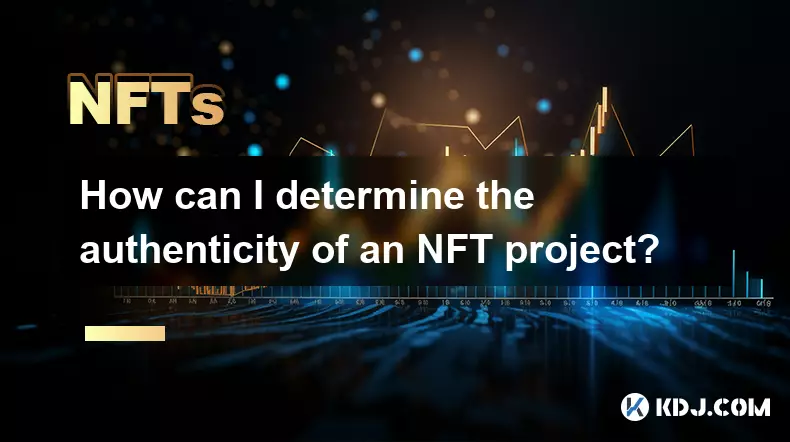
How can I determine the authenticity of an NFT project?
Sep 23,2025 at 05:18pm
Understanding the Project Team and Their Background1. Research the identities of the team members behind the NFT project. Verified social media profil...
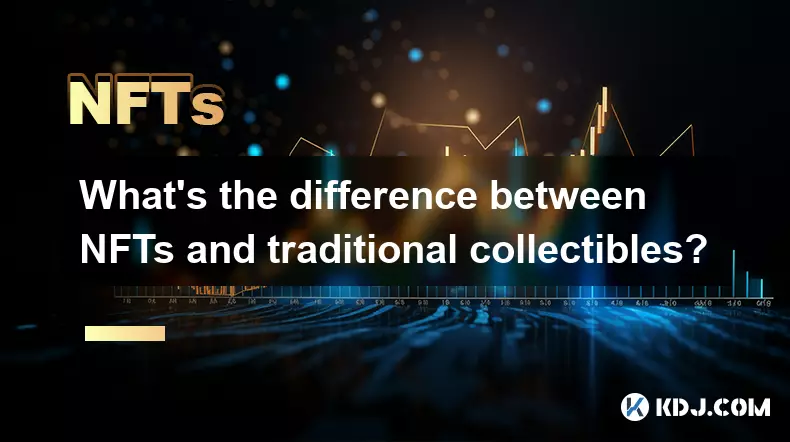
What's the difference between NFTs and traditional collectibles?
Sep 19,2025 at 12:55pm
Digital Ownership and Provenance1. NFTs are built on blockchain technology, which ensures transparent and immutable records of ownership. Every transa...
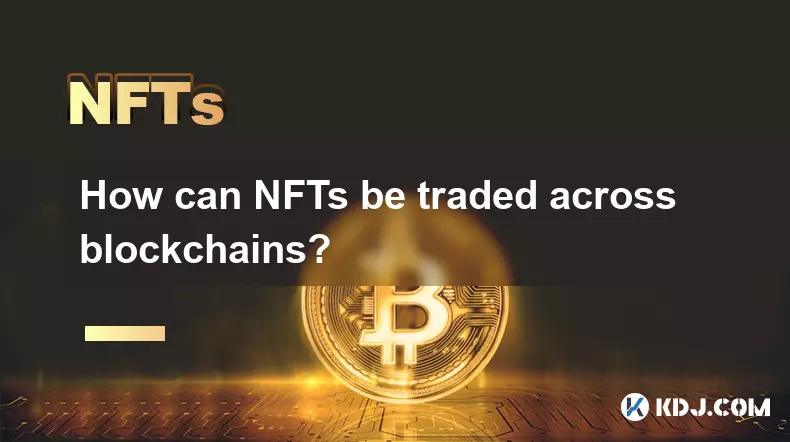
How can NFTs be traded across blockchains?
Sep 19,2025 at 12:00pm
Understanding Cross-Chain NFT Trading1. Non-fungible tokens (NFTs) are digital assets that represent ownership of unique items on a blockchain. Origin...
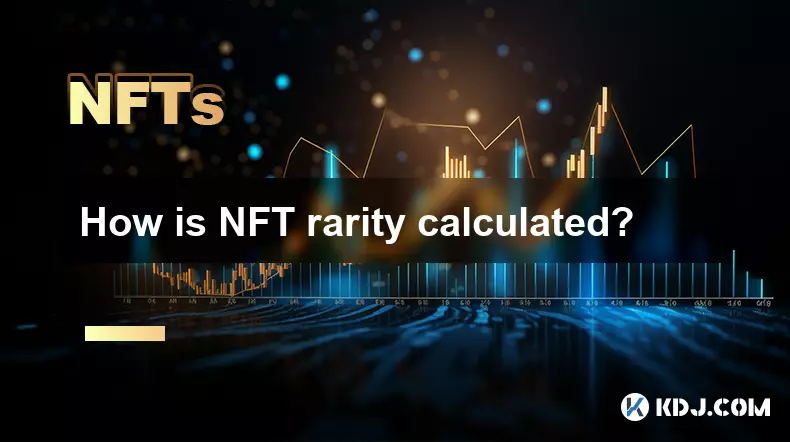
How is NFT rarity calculated?
Sep 18,2025 at 07:54pm
Understanding NFT Rarity Metrics1. NFT rarity is determined by analyzing the uniqueness of individual traits within a collection. Each NFT typically c...
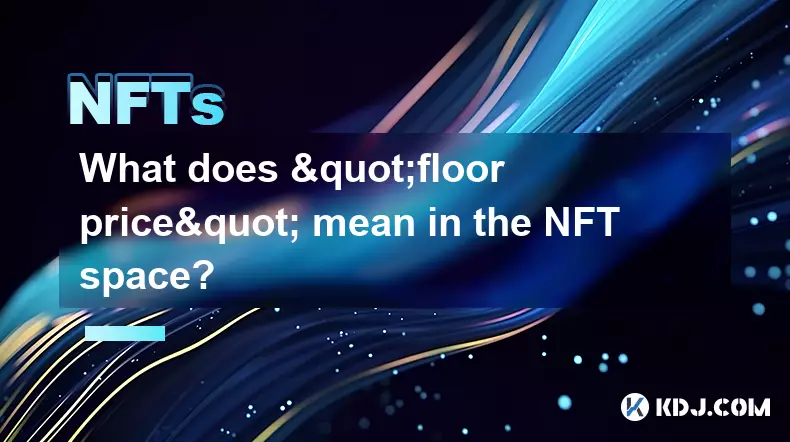
What does "floor price" mean in the NFT space?
Sep 22,2025 at 06:36am
Floor Price: A Core Metric in the NFT Marketplace1. The term floor price refers to the lowest current asking price for any item within a specific NFT ...

How do NFTs help content creators?
Sep 18,2025 at 08:00am
NFTs Empower Creators with Ownership and Monetization1. NFTs provide content creators with verifiable ownership of their digital works, ensuring authe...

How can I determine the authenticity of an NFT project?
Sep 23,2025 at 05:18pm
Understanding the Project Team and Their Background1. Research the identities of the team members behind the NFT project. Verified social media profil...

What's the difference between NFTs and traditional collectibles?
Sep 19,2025 at 12:55pm
Digital Ownership and Provenance1. NFTs are built on blockchain technology, which ensures transparent and immutable records of ownership. Every transa...

How can NFTs be traded across blockchains?
Sep 19,2025 at 12:00pm
Understanding Cross-Chain NFT Trading1. Non-fungible tokens (NFTs) are digital assets that represent ownership of unique items on a blockchain. Origin...

How is NFT rarity calculated?
Sep 18,2025 at 07:54pm
Understanding NFT Rarity Metrics1. NFT rarity is determined by analyzing the uniqueness of individual traits within a collection. Each NFT typically c...

What does "floor price" mean in the NFT space?
Sep 22,2025 at 06:36am
Floor Price: A Core Metric in the NFT Marketplace1. The term floor price refers to the lowest current asking price for any item within a specific NFT ...

How do NFTs help content creators?
Sep 18,2025 at 08:00am
NFTs Empower Creators with Ownership and Monetization1. NFTs provide content creators with verifiable ownership of their digital works, ensuring authe...
See all articles










































































